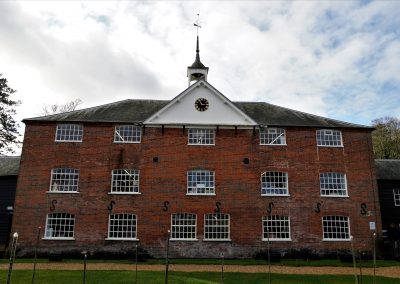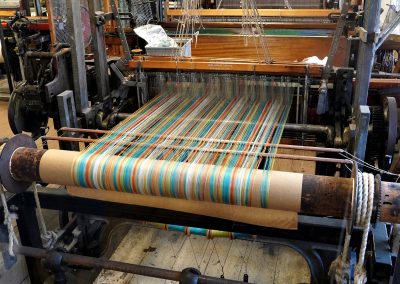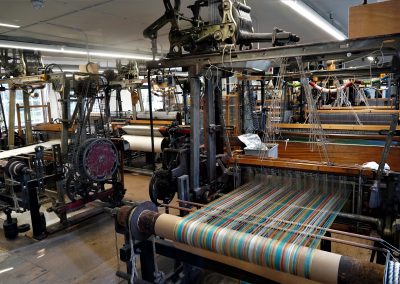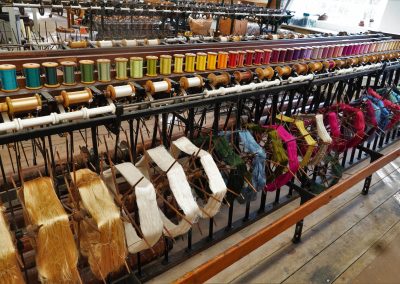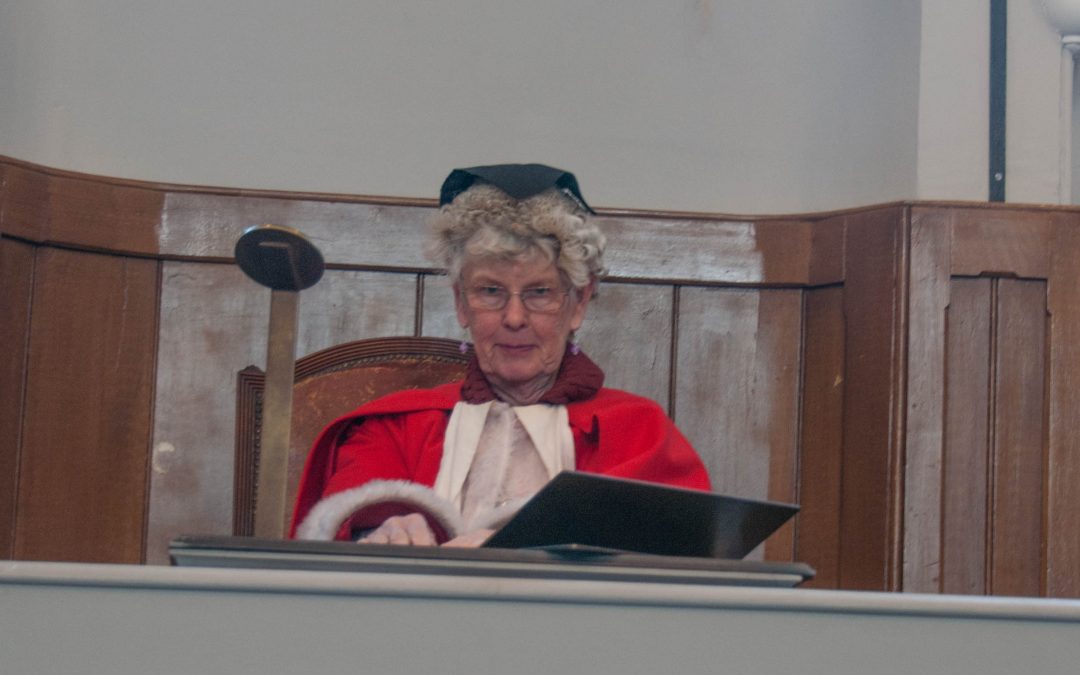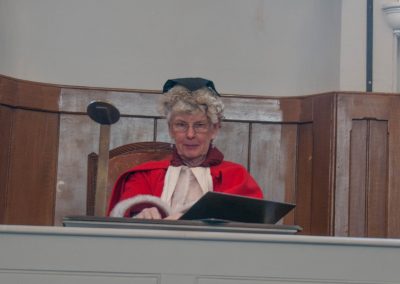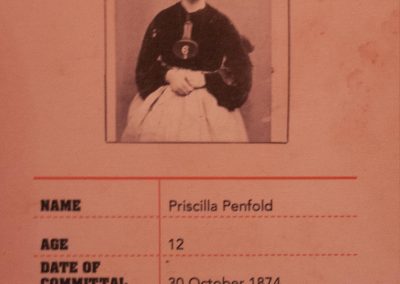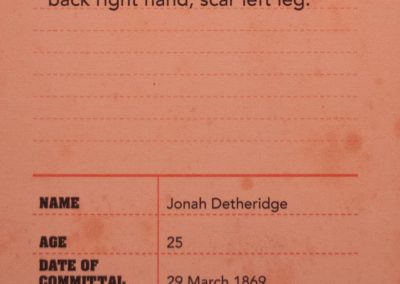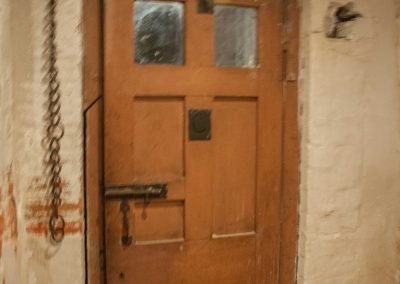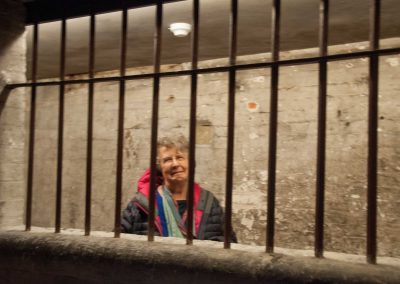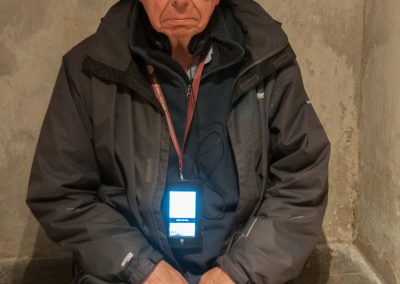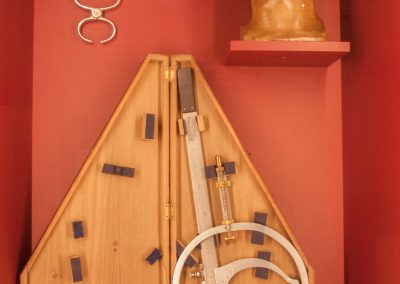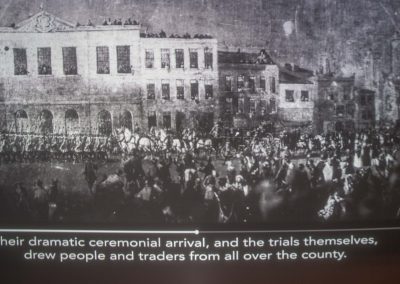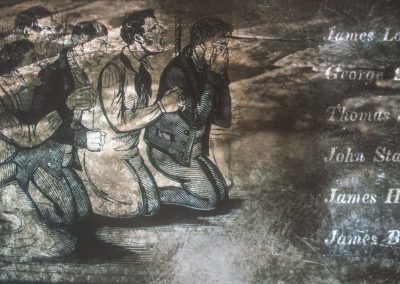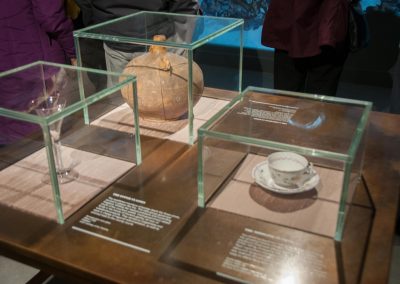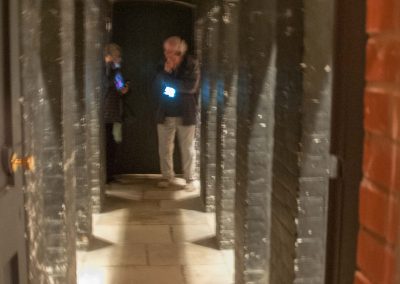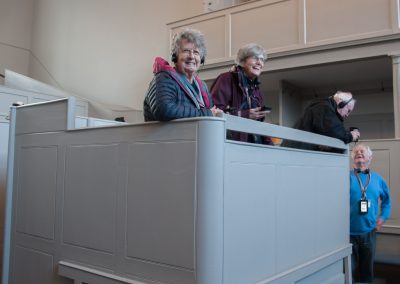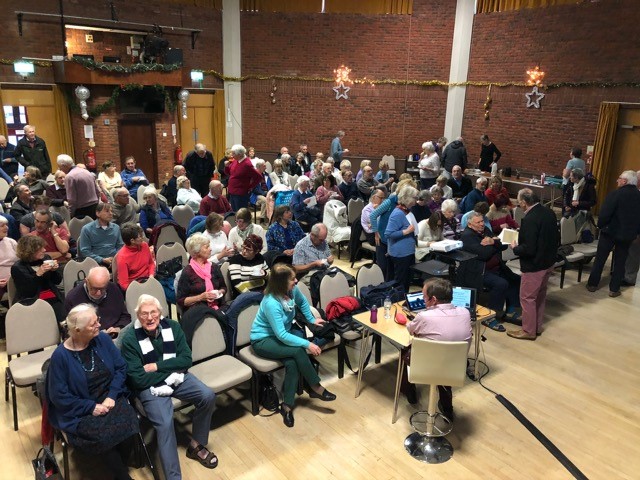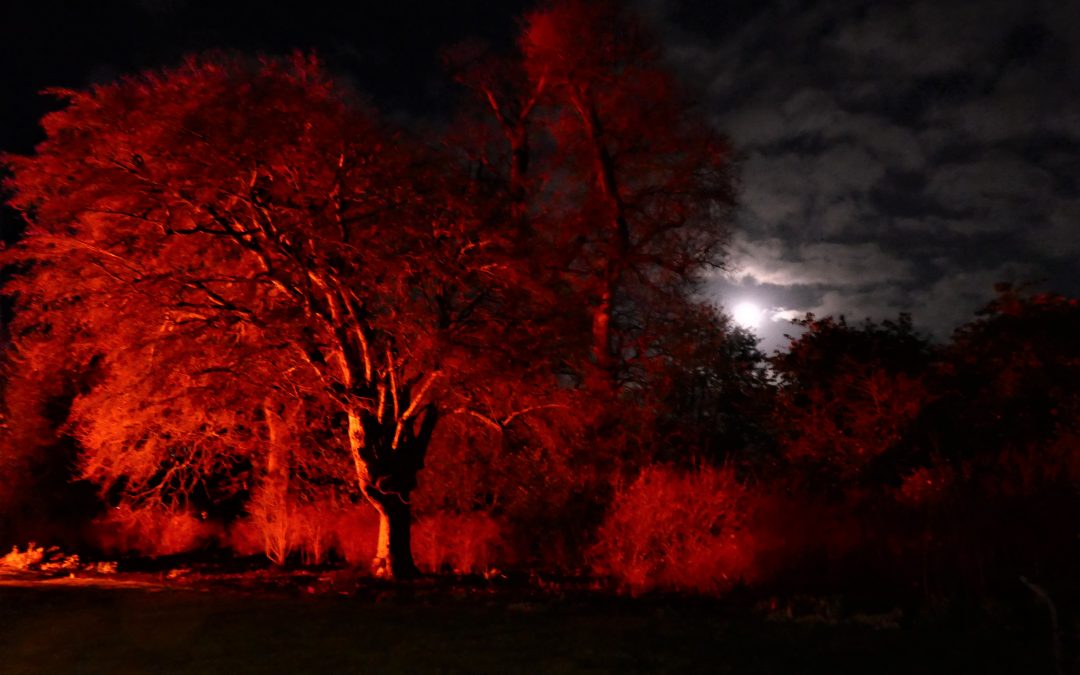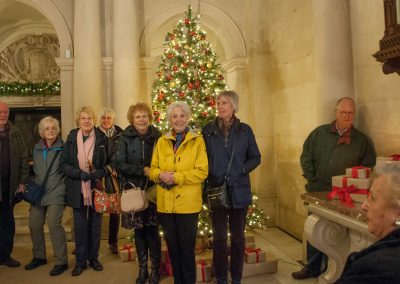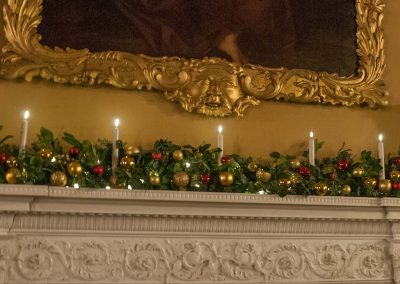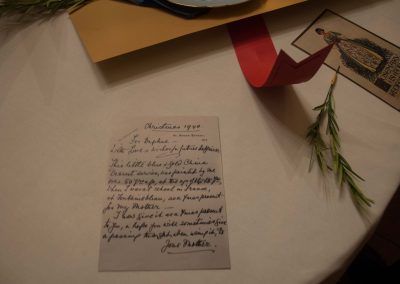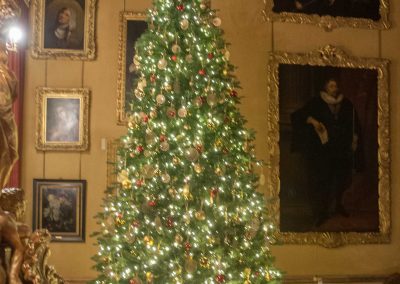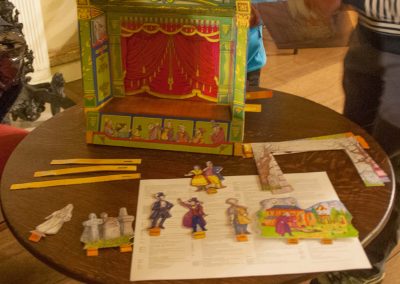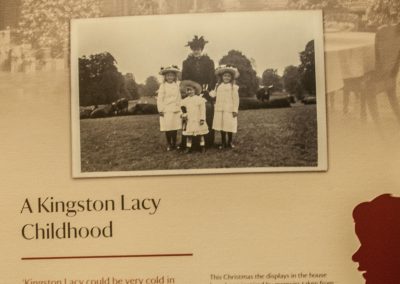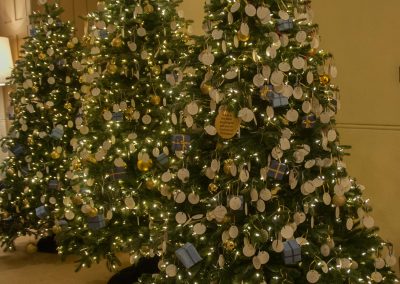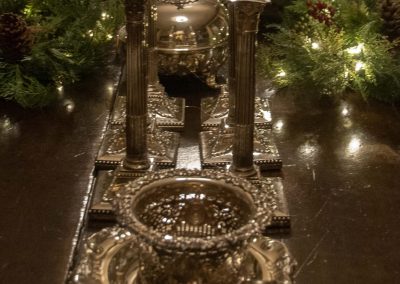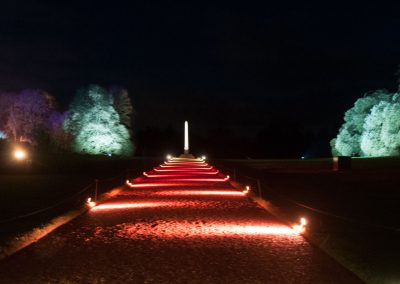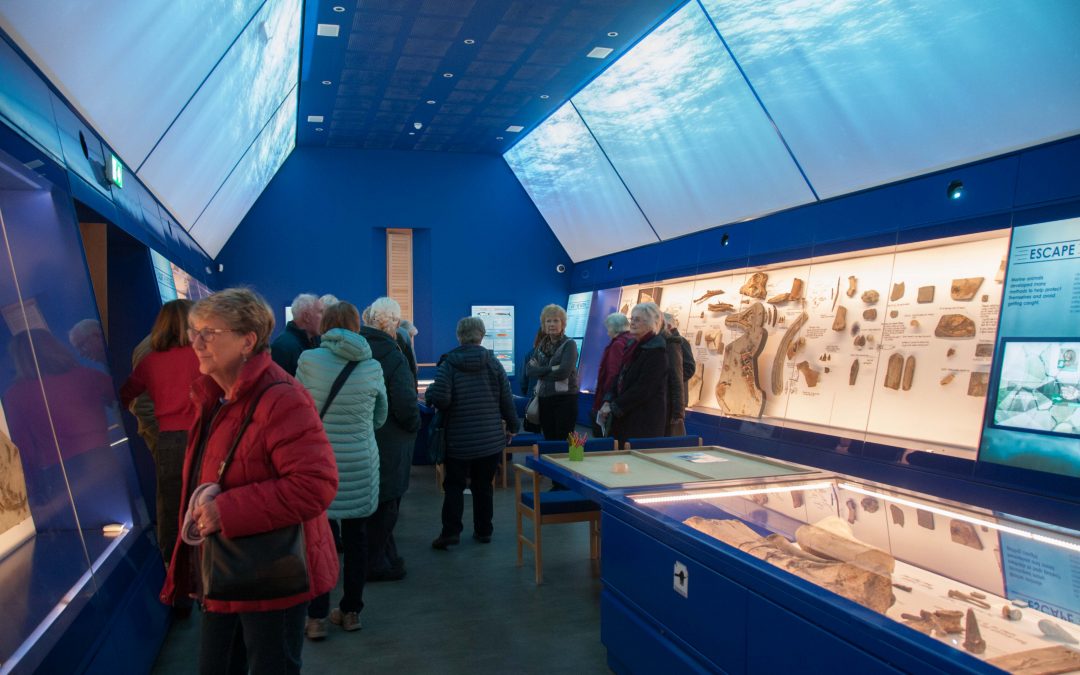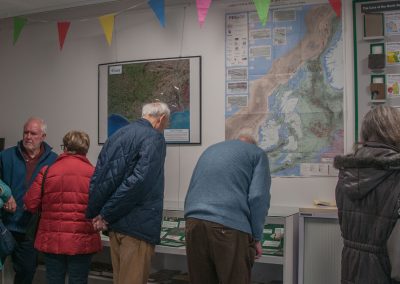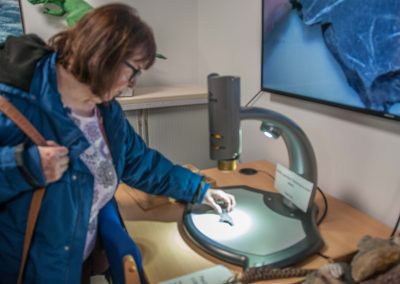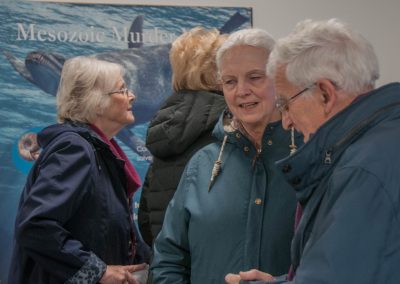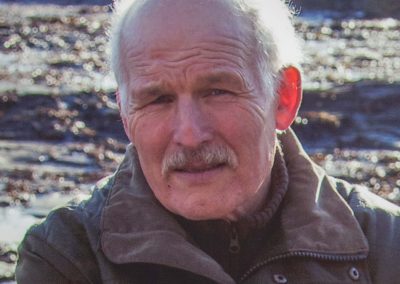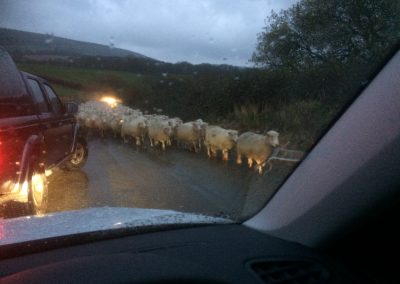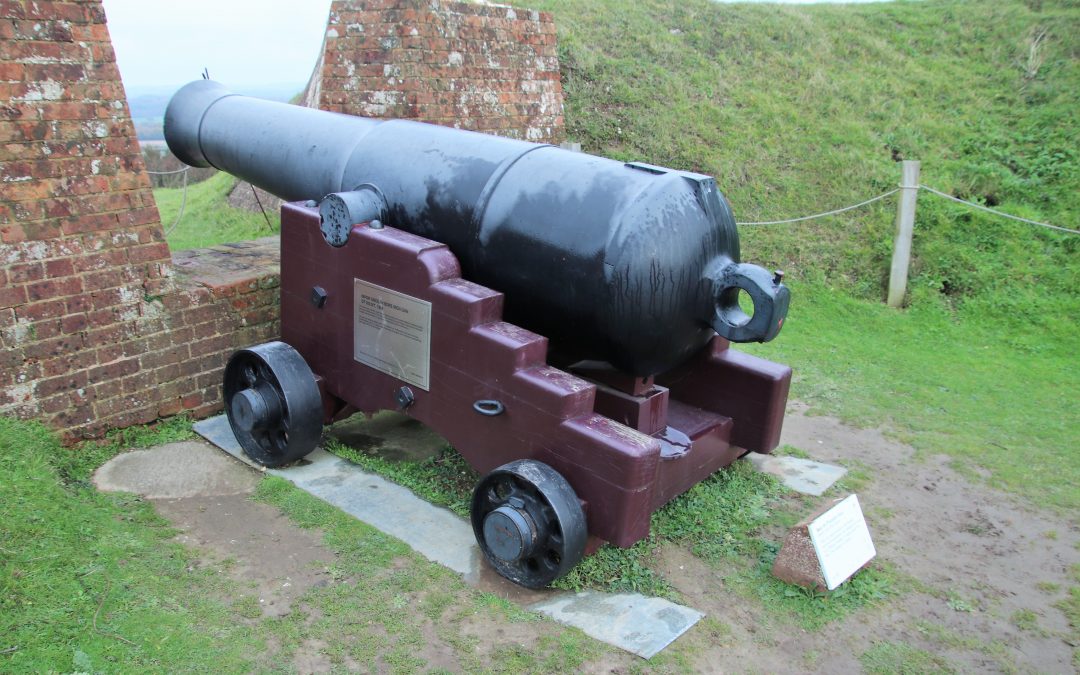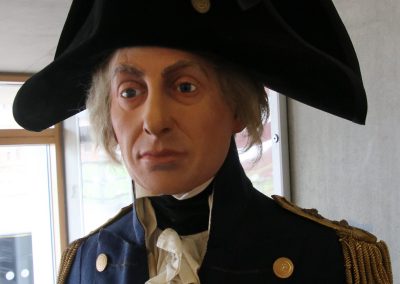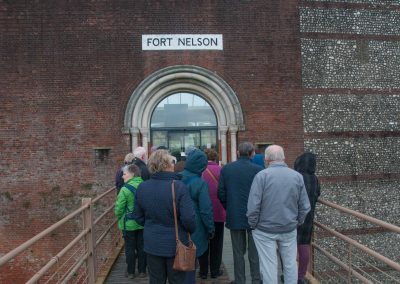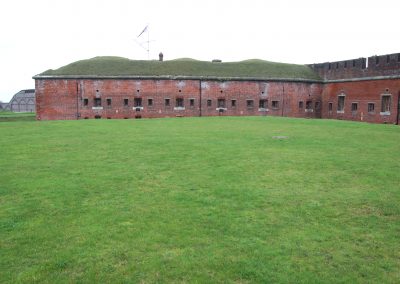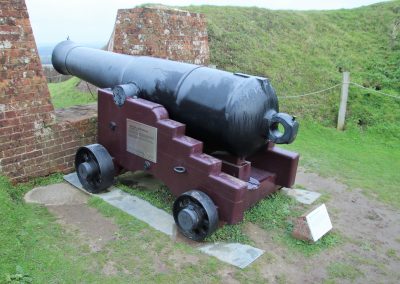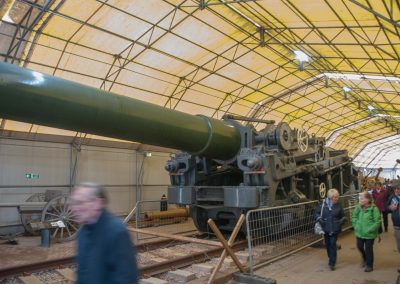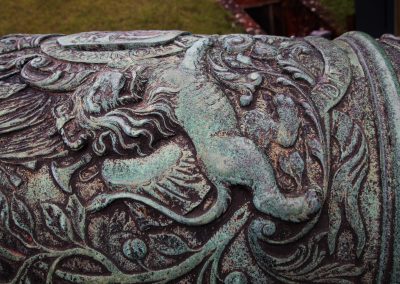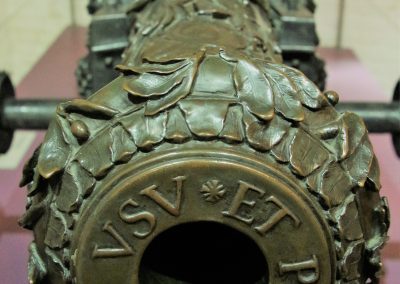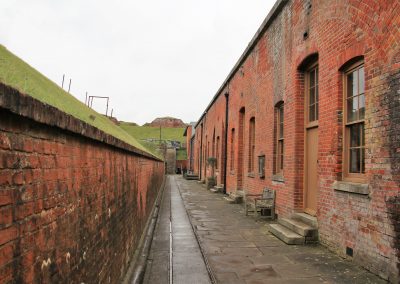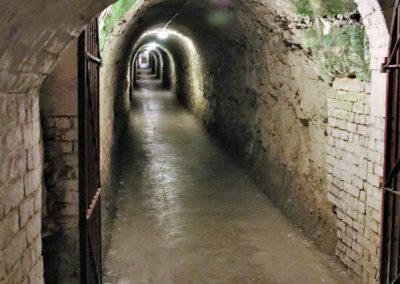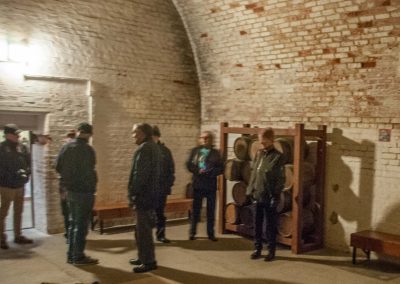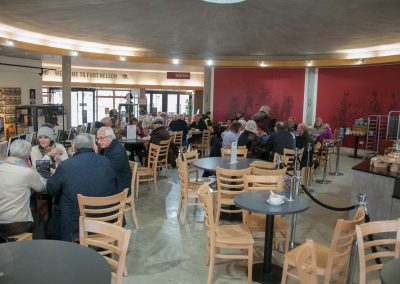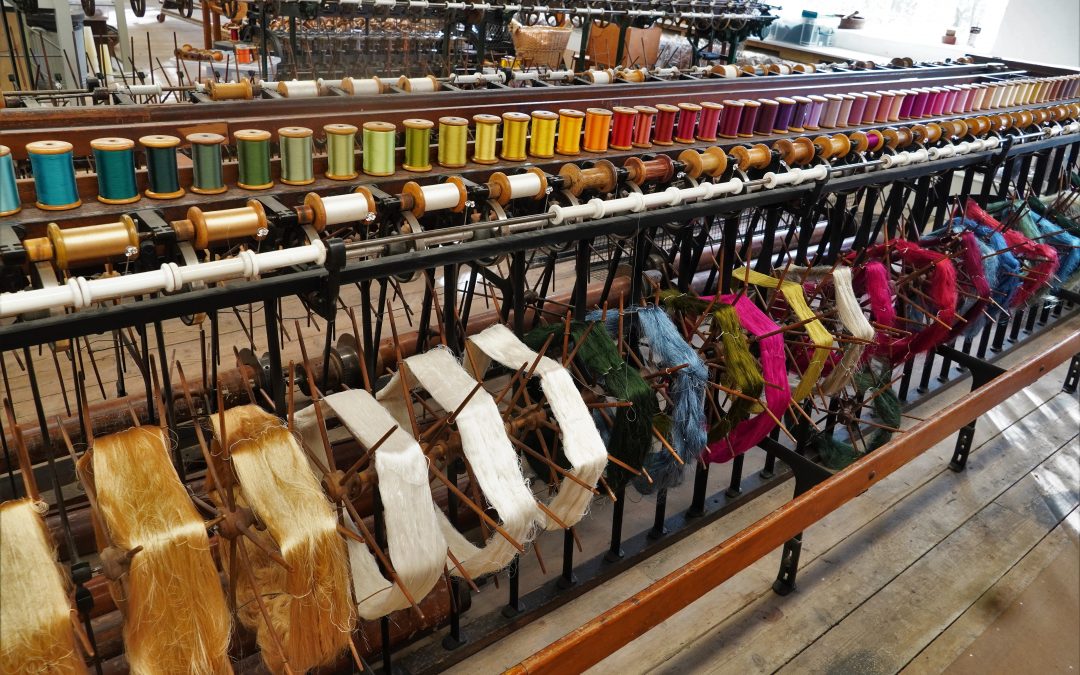
Whitchurch Silk Mill
On Friday 17 January a group of the U3A members met on a slightly chilly but dry and sunny morning, at the Whitchurch silk mill for a guided tour of the working mill.
We started off with a welcome cup of tea or delicious coffee and biscuits, served by very smiley, chatty, ladies. A good start! We were divided into two groups one on a tour inside the mill and the other outside to hear about the history of the building and people who owned the mill, and why it was built on this particular piece of land. The days previous wet weather had left the rivers nearby in full flow so one could understand why it was the ideal place for a watermill of any kind.
Our group was not too observant as we were asked what the mistake was on the clock face and no one appeared to spot the fact that the roman number 4 was only shown as a IIII but nobody has found out why this had happened.
After the fresh air we went inside and were informed about the history of silk production, how it is harvested, dyed and how the looms are threaded to acquire the various patterns. And how millions of silk worms are boiled alive so that we might have the pleasure of the beautiful fabric, a fact I personally did feel rather sad about, but there is no denying the colours and fabrics are very tactile and desirable to wear.
We had the added bonus of an exhibition of beautiful and imaginative embroideries to enthral us after the mill tour. There was a small shop with some very good quality British made products for sale and also a little snack area which quite a few of the group took advantage of with bowls of steaming, tasty soup, toasty sandwiches, and jacket potatoes all freshly prepared – delicious.
An interesting talk, and demonstration by a very knowledgeable and enthusiastic guides.

